Introduction to Sedum and Rabbit Resistance
Strolling through the garden, the unwelcome sight of nibbled leaves and stems often brings a universal sigh amongst gardeners. The culprits? Frequently, they’re rabbits. So when we talk about Sedum—those hardy, succulent perennials—they spark hope with promises of a lush garden unscathed by the pesky browsers. But are sedum rabbit resistant? Let’s dive into the world of these fascinating plants and uncover their potential as the guardians of your green oasis.
Sedum, commonly known as Stonecrop, is a genus that’s as varied as it’s robust. Walking down a garden path dotted with sedums offers a visual feast—from ground-hugging carpets to upright clumps, these plants come in a dazzling array of textures and colors. And let’s not forget their sheer resilience; sedum plants are drought-tolerant, low-maintenance, and generally unfussy about where they call home. But it’s their role in the rabbit resistance department that we’re eyeing today.
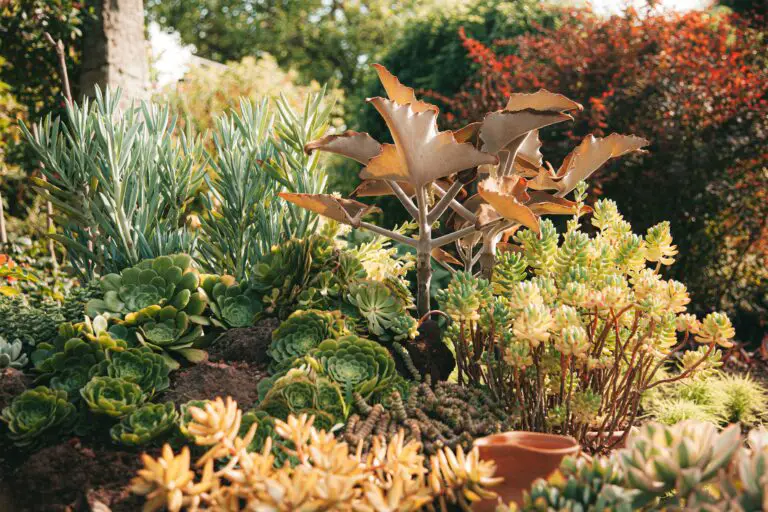
Why are bunny-resistant blooms a must for the diligent gardener? Rabbits, while cute and fluffy, can wreak havoc in a garden. They’re not fussy eaters, and once they’ve discovered a tasty spot, they’ll return again and again, leaving a trail of destruction in their wake. If you’re seeking a bit of armor for your garden, it might be worthwhile to dig into the lists of rabbit-resistant plants and consider adding a layer of sedum defense.
With names as quirky as their appearances—like ‘Dragon’s Blood’, ‘Autumn Joy’, and ‘Cape Blanco’—sedum plants not only offer a feast for the eyes but also stand their ground when rabbits come knocking. Gardeners with a rabbit problem might just find that these succulents are akin to setting up a ‘keep out’ sign in their plant beds. For those seeking more succulent care tips or alternatives to safeguard their green investments, sedums are a group worth exploring.
In essence, embracing the genus Sedum in our gardens can be a beautiful and practical choice. These plants pack a punch with their striking foliage and flowers, ability to survive in tough conditions, and the much-appreciated characteristic of being less appetizing to our long-eared garden invaders. As we continue our journey through the article, keep in mind the potential of these vibrant and diverse plants as a natural deterrent in creating a peaceful, rabbit-proof garden haven.
What Makes Sedum Plants Rabbit Resistant?
When it comes to defending your garden from furry invaders, sedum plants might be the unsung heroes you’ve been looking for. So, what is it about these succulents that make them about as appealing to rabbits as a stale rice cake? Let’s dive into the nitty-gritty of these floral fortresses.
First and foremost, there’s the taste factor. Sedum plants have a distinctive flavor profile that’s more bitter lemon than sweet carrot. Rabbits, with their penchant for tender, juicy greens, tend to turn up their noses at sedum’s sharp tang. It’s sort of like offering a kid broccoli when they’re expecting candy – the response is a predictable, “No, thank you.”
But taste is just the beginning. Sedums have smartly evolved to pack a bit of a toxic punch, making them less than ideal as a snack for our long-eared friends. This doesn’t mean they’re dangerous to all creatures, but they can cause mild irritation or more significant discomfort to rabbits if ingested. Think of it as nature’s own “Keep Off the Grass” sign.
And let’s not overlook the physical characteristics of these verdant wonders. Sedum, with their fleshy, sometimes spiky leaves, don’t provide the soft, delicate bite that rabbits relish. Imagine trying to munch on a cactus – it’s safe to say you’d find an alternative pretty quickly! Similarly, rabbits seek out far more palatable munchies than the tough, resilient sedum.
By now, you might be thinking about making sedum the cornerstone of your rabbit-proof garden strategy. But don’t just take my word for it – let’s see what the experts have to say. Here’s a handy video highlighting drought-tolerant plants, which often include rabbit-resistant varieties like sedum.
Real-life gardeners who have integrated sedum into their landscapes have noticed a decrease in rabbit-related incidents. It’s not that the rabbits don’t come hopping by anymore; they do, but they prefer to hop right past the sedum patches in search of their next favorite salad bar. And that’s exactly the kind of peaceful coexistence that makes a gardener’s heart sing.
Incorporating sedum plants into your garden doesn’t just offer a rabbit-resistant advantage; it can also bring a splash of color and variety to your outdoor space. With a plethora of species and hybrids available, you can create an attractive display that’s as resistant to rabbits as it is pleasing to the eye.
In conclusion, sedum plants offer a multi-faceted defense against rabbit invasions, from their taste to their toxicity and tough texture. They may just be the natural deterrent you need to safeguard your verdant oasis without resorting to more drastic measures. So next time you’re pondering plant choices, remember the power of sedum – your garden (and its leafy residents) will thank you!
Top Rabbit-Resistant Sedum Varieties for Your Garden
If you’re starting to feel like maintaining a beautiful garden is akin to laying out a buffet for the local rabbit population, it might be time to consider sedum plants as your new best friends. Known for their hardy nature and ability to thrive in less-than-ideal conditions, sedum plants come in a variety of shapes and sizes, each with its own rabbit-deterring superpowers. Let’s delve into some of the top sedum varieties that will help keep those hoppy herbivores at bay.
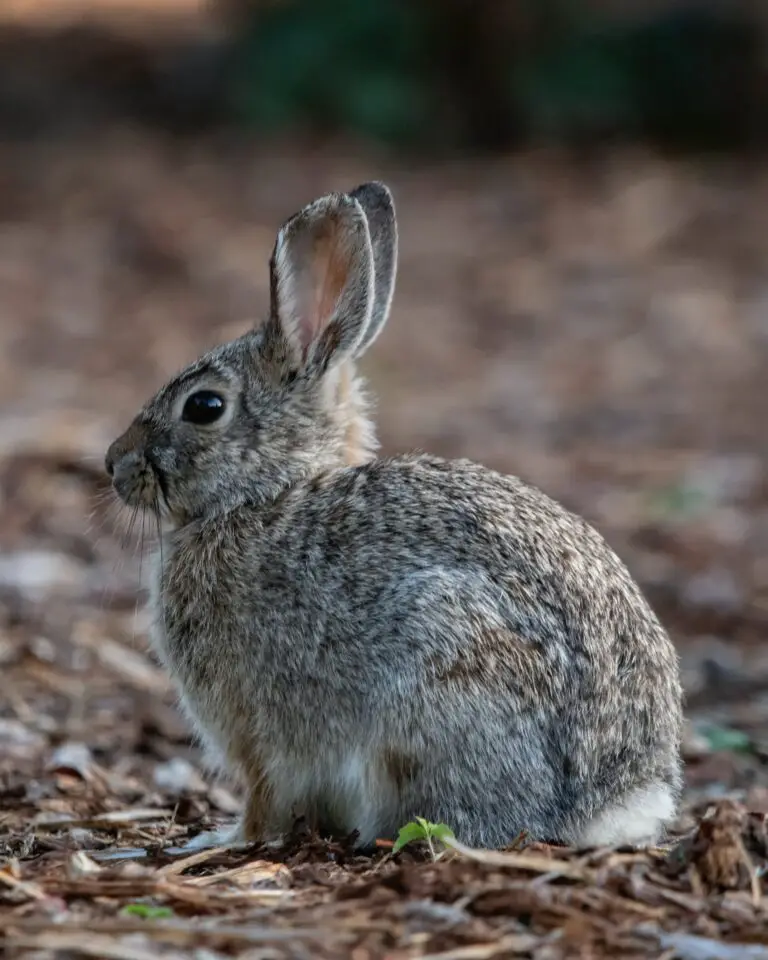
One noteworthy variety is the ‘Autumn Joy’ sedum, which dazzles with its vibrant, rosy-pink to salmon flowers. Not just known for its autumnal glory, this variety has a reputation among gardeners for being particularly unappetizing to rabbits. Just imagine the joy of seeing your sedum’s blossoms peak without a single sign of nibble—it’s a garden keeper’s dream!
Sedum ‘Matrona’ is another standout with its sturdy stems and fleshy leaves that hold a hint of mauve. This plant not only resists drought but also seems to have a particular resilience to rabbit damage, much to the dismay of Peter Rabbit and his kin. For an easy-to-care guide on sedum plants and to ensure these varieties flourish in your garden, Epic Gardening has an excellent resource to help you start out.
Then we have the Sedum ‘Dragon’s Blood’—a name that is sure to invoke images of medieval mystique. With its creeping habit, this sedum provides excellent ground cover and sports reddish foliage that turns fiery red in the fall. The fact that it’s rarely on the rabbits’ menu is just another reason to celebrate its presence in your garden tapestry.
For gardeners who prefer a pop of colder tones, Sedum ‘Blue Spruce’ is the go-to, with needle-like foliage resembling tiny evergreen boughs. Not only is it visually stunning year-round, but it’s also among the sedum varieties that rabbits seem to avoid, likely due to its tough, waxy leaves that provide an inhospitable chew.
And of course, no rabbit-resistant sedum list would be complete without mentioning the ‘Coral Carpet.’ Bursting with pinkish coral blooms when in flower, this sedum gives off a coral reef vibe, maintaining its charm even when the flowers fade and the dense mat of succulent leaves acts as a foil against unwelcome garden foragers.
Integrating these varieties into your garden isn’t just about aesthetics but also about practicality. To maintain a verdant garden without it becoming dinner for wildlife, taking a glance at gardening tips that help enhance the health and resilience of your plant friends is always worthwhile. And while rabbits might find these sedum to be less than tasty, you’ll find them a treat for the eyes and a guardian for your garden’s lesser defended natives.
Integrating Sedum into Your Garden Ecosystem
Have you ever seen a rabbit in a staring contest with a sedum plant? Spoiler alert: the sedum wins. You’re probably here because you want to turn your garden into a place where these fuzzy foragers politely nod at your greenery before hopping off to find an easier snack. Well, let’s get into the crux of making your garden a rabbit-resistant realm with the help of some sedum savvy.
First things first—location, location, location! Placing sedum in that sunny spot where bunnies love to brunch spells ‘no entry’ in rabbit language. You see, sedum is like the bouncer of the plant world, its succulent leaves are tough and not very appealing to our hoppy friends. Anecdotal evidence from seasoned gardeners suggests that rabbits tend to bypass sedum in search of tender, more palatable bites. So, imagine creating a border or barrier with these resilient plants around the more vulnerable parts of your garden; it’s like setting up a botanical security system!

Moving on to companion planting, which is a bit like choosing a great neighborhood watch. Some of our recommended partners in crime prevention are marigolds and alliums, both known for their rabbit-repelling reputations. For more inspiration on companion planting to enhance your garden’s defenses, check out our insights on “Sedum Dragon’s Blood: Cultivating Vibrant Groundcover Gardens.” It’s not just about keeping the rabbits at bay, but also about making your garden thrive with a synergistic community of plants.
Now, don’t think that using sedum is only about defense. These hardy beauties offer a world of design possibilities. They come in a kaleidoscope of colors, from vibrant greens and reds to subtle blues and purples, creating a tapestry of texture that can complement any garden’s aesthetic. Think about incorporating it into rock gardens or as ground covers that cascade over stone walls, creating a visually stunning, rabbit-discouraging display. As these plants flourish, they’ll weave themselves into a picturesque carpet that both you and the wildlife (sans rabbits munching on your prized petunias) can enjoy.
Remember, while sedum may be your garden’s knight in shining armor against rabbits, it’s crucial to observe and adapt. Not all local lagomorphs read the memo, so keep an eye out on how they interact with your new plant friends. As with any good strategy, remain dynamic and be prepared to fortify your sedum sentinel with other repelling tactics if needed.
To wrap it up, incorporating sedum into your garden not only strengthens your rabbit resistance; it opens up a new chapter of creative landscaping. Here’s to a flourishing, rabbit-proof ecosystem that’s not just surviving, but thriving!
Are Sedum Plants the Secret to a Rabbit-Proof Garden?
Caring for Sedum: Ensuring Long-Term Rabbit Resistance
So you’ve planted a sedum sanctuary, with visions of a lush, rabbit-free paradise. The secret’s out: sedum can be an excellent deterrent for those fluffy foes. But keeping your sedum thriving and the rabbits at bay is a bit like gardening chess—it’s all about smart moves. Let’s dig into the best practices to fortify our verdant allies!
First, hydration is key—but not too much. Sedum prospers in well-draining soil. Over-watering can cause root rot, a rookie mistake that makes your sedum an easy target for rabbits looking for a weakened snack. Aim for the “Goldilocks zone” of watering: not too dry, not too wet, just right. Imagine a sponge that’s damp, but not dripping—that’s the perfect level of moisture for your sedum’s home.
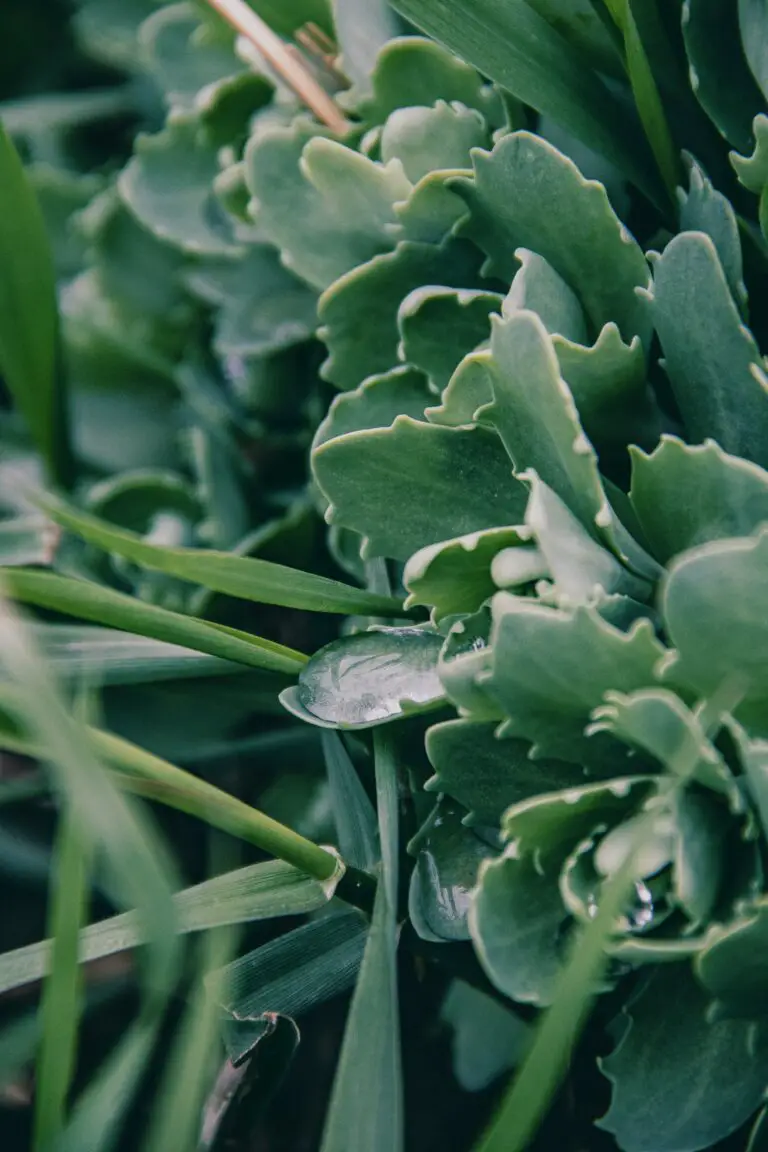
Next up, sunlight—a sedum’s best friend. These sun worshippers need at least six hours of direct light to fully harness their rabbit-repelling powers. Place them where they’ll bask in the sun’s glory, but remember, even the sunniest disposition can turn sour in the scorching summer heat, so some afternoon shade can be a benevolent benefactor to your botanical battalion.
Invasion of the bunny snatchers? Fear not! Fertilizer can be your secret weapon—think of it like spinach for Popeye, giving your sedum the muscle to stand up to ravenous rabbits. A balanced, slow-release formula will do wonders, but keep it light; these robust plants are not heavy feeders. A springtime sprinkle can bolster their vigor just as the rabbits start eyeing up their next meal.
Let’s face it, sometimes rabbits are more persistent than a weed in the walkway. If you spot signs of nibbling, it’s time to play defense. Reinforce your garden with a barrier—a low fence or chicken wire can be just the trick to keep those hoppy herbivores out. Just remember to anchor it well, because rabbits are not only persistent but also quite the diggers.
The key to maintaining a rabbit-resistant garden is resilience and adaptability. Keep an eye on your sedum, tend to their needs, and they’ll grow into a formidable force against furry foes. It’s not just a game of cat and mouse—or should we say, rabbit and plant? It’s a testament to the harmonious balance between garden care and nature’s challenges. With these tips, your sedum stand tall, strong, and triumphantly rabbit-resistant!
Beyond Rabbits: Other Pests and Sedum’s Resistance
For many garden enthusiasts, the term ‘pest-proof’ might sound like a gardening myth. When we unearth the perks of sedum plants for our green havens, we find this term inching closer to reality. Indeed, sedum’s resistance narrative doesn’t end with rabbits. Let’s dig into the soil of information and excavate the details on how sedum stands up to the usual lineup of garden marauders.
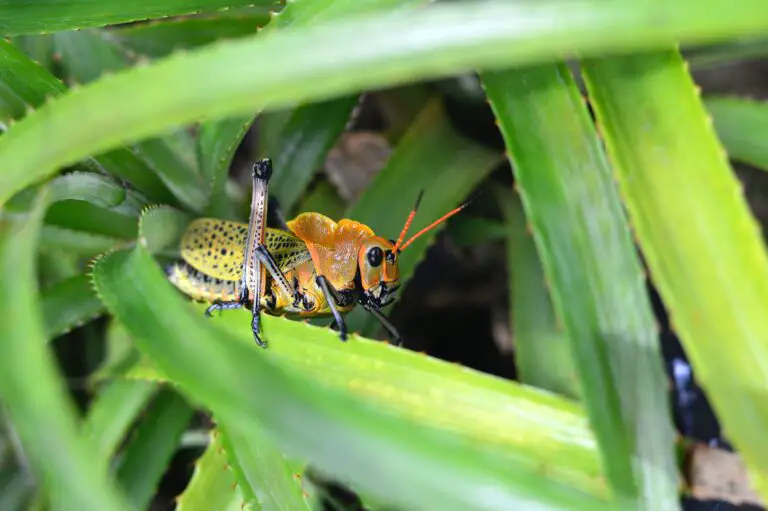
First off, those leaf-munching, sap-sucking insects have met their match. Aphids and mealybugs, notorious for their plant-draining habits, seem to overlook sedum. Perhaps it’s the succulent’s thick, waxy leaves or its particular taste that sends pests looking elsewhere. It’s a botanical stand-off, and sedum is often left standing tall.
Even the most incognito of pests, like the stealthy grasshopper camouflaged against the greenery, can be caught hopping over sedum rather than chowing down. Take, for instance, the case of Mrs. GreenThumb’s backyard: plagued by a grasshopper brigade, her roses and veggies faced utter decimation. Yet, amidst the sea of nibbled leaves, her sedum sanctuary stood resilient—a testament to its natural defenses.
The Sluggish Battle
Slugs and snails might be the slowpoke bullies of the garden, leaving a shiny trail of evidence as they feast on foliage by night. Sedum, however, seems to escape their radar. The minimal damage on sedum from these night-time nibblers suggests they find these succulent plants less appetizing than other garden varieties. It’s a snail-paced win for sedum in this sluggish battle.
Furry Foes
Back to bigger beasties: while rabbits may turn their noses up at sedum, other furry foes like squirrels and voles are known to be less discerning. However, sedum doesn’t roll out the welcome mat for these critters either. Its hardiness seems to extend beyond the leaf, perhaps posing an underground defense against those that would dig for bulbs or roots. Anecdotes from battle-worn gardeners whisper of sedum’s triumphs where other plants have faltered under the furry onslaught.
Whether it’s up against the diminutive destroyer or the relentless rodent, sedum plants showcase an impressive range of pest resistance. Its reputation for hardiness is well-earned, making it not just a hopeful contender but perhaps even a champion in the arena of pest-proof garden plants. It’s clear that when it comes to defending its green domain, sedum seems to have a secret arsenal that goes beyond the rabbit resistance we know and admire.
Real Gardeners’ Experiences with Sedum and Rabbits
Imagine this: You’ve spent hours curating the perfect garden, only to find that those pesky rabbits treat it as their personal buffet. Well, gardeners around the world have been experimenting with a possible solution—sedum. Known for its resilience and attractive foliage, does this plant live up to its reputation as a rabbit-resistant warrior in the garden? Let’s delve into the experiences of real gardeners.
Take Sarah from the sunny hills of California; she noticed that her garden became a regular diner for the local rabbit population. In her quest to reclaim her garden, Sarah turned to sedum. To her delight, the sedum beds remained untouched, while her lettuce nearby continued to face the onslaught. It seemed the sedum’s thick, fleshy leaves weren’t the rabbits’ cup of tea.
On the other side of the spectrum, we have Bob from the Midwest, whose experience was less triumphant. Despite planting an array of sedum varieties, he found that when the winter turned harsh and food was scarce, the rabbits took to nibbling on his sedum out of desperation. It appears that hunger can override a rabbit’s distaste for certain textures and flavors.
In regions with dense rabbit populations, gardeners like Emma have combined sedum with other strategies. Emma, hailing from the English countryside, found a mix of plant deterrents and physical barriers like fencing to be the most effective. While the sedum wasn’t a foolproof rabbit deterrent, it significantly reduced her garden raids when used in concert with other measures.
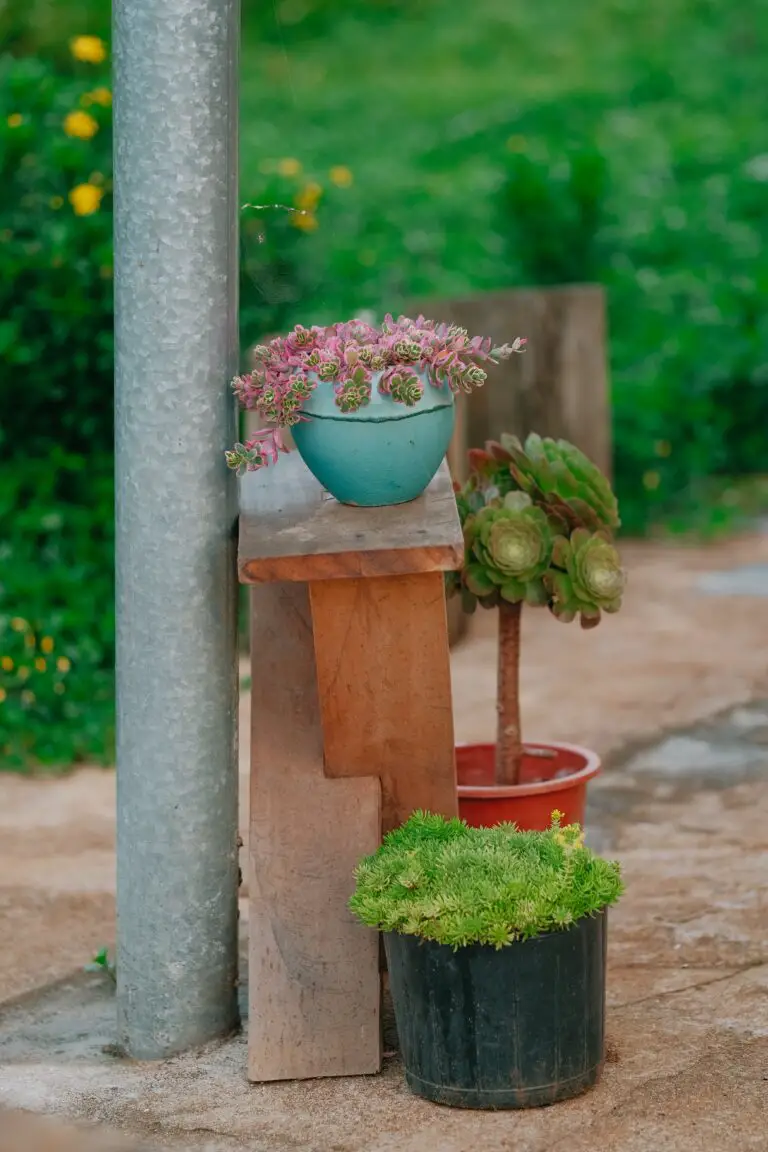
It’s worth considering various factors such as your local rabbit population’s size, food availability, and planting diversity to understand sedum’s effectiveness fully. And of course, what works in one gardener’s plot may not work in another’s due to the complex palates of these fluffy foragers.
Gardening forums are rife with anecdotes about sedum as a rabbit deterrent, but remember, each garden is its ecosystem. The key takeaway from seasoned gardeners is to observe and adapt. By learning from each other’s trials and errors, we march one step closer to maintaining our cherished gardens with fewer unwanted fuzzy guests.
Challenges and Considerations When Using Sedum as a Rabbit Deterrent
While the image of a happy-go-lucky rabbit hopping around your garden may seem charming, the reality is that these little furballs can wreak havoc on your carefully curated plant life. Sedum plants did step onto the scene as a potential knight in shining armor, with many gardening gurus touting them as rabbit resistant. However, before we declare them the ultimate rabbit-proof solution, let’s chew on some of the possible limitations that might not make them the foolproof strategy we hoped for.
For starters, the term ‘rabbit resistant’ paints an inaccurate picture; it’s more a case of ‘rabbit discouraging.’ See, Peter Rabbit and his buddies are quite adventurous eaters, especially when their favored snacks are in short supply. So, even though sedum might not be their first choice on the menu, a hungry bunny won’t think twice about nibbling on your sedum spread when it’s slim pickings around.
It’s also important to remember that not all sedum varieties are created equal when it comes to warding off these four-legged trespassers. Some have a thicker foliage and a more pungent taste, making them less appealing to rabbits, while others might as well be a fresh garden salad ready for the taking. This variability means that gardeners need to choose their sedum varieties as carefully as they would pick a ripe tomato.

Another challenge is the changing palette of our furry intruders. As seasons change and rabbits become more or less desperate for food, they may begin to see your sedum as a fluctuating feast. What was once ignored might suddenly become the hotspot for midnight rabbit rendezvous.
Moreover, speaking of desperation, young rabbit populations without the experience of older connoisseurs may be less discerning, chomping away at your sedum with the enthusiasm of a teenager at a fast-food joint. So, if you’re dealing with a burgeoning bunny population, your sedum’s rabbit resistance is going to be put to a serious test.
Focusing on a single method for rabbit deterrence, such as relying solely on sedum plants, can also pose a risk. Biodiversity in the garden – that is, mixing up plant types and deterrent methods – can fortify your defenses far better than putting all your eggs in one basket. That way, if the rabbits develop a taste for sedum, you’ve still got an array of other unappetizing options to keep them at bay.
Furthermore, understanding the local rabbit population, their eating habits, and the sedum species most suited for your area can mean the difference between a nibbled nub and a flourishing garden. Even with a variety known for its resistance, having a backup plan that includes physical barriers or alternative deterrents is not just prudent, it’s critical for your garden’s survival in the hoppy battlefield.
All in all, while sedum plants can be part of your anti-rabbit arsenal, they should not be enlisted as the sole soldiers on the frontline. With a well-rounded defense strategy, you might just stand a chance at keeping those fluffy tail marauders at bay – and your sedum standing tall and proud.
Frequently Asked Questions
Curious about sedum plants and their legendary status as rabbit-resistant garden heroes? You’re in luck – it’s time to hop into some of the most common questions gardeners are burrowing into!
Are all sedum plants equally resistant to rabbits?
While rabbits typically steer clear of sedum due to their thick, succulent leaves, not all sedums are created equal in the eyes of our furry friends. Some species, like Sedum spectabile or ‘Autumn Joy’, seem to be less appetizing, perhaps due to their robust foliage and taller stature. Meanwhile, other varieties, particularly those with tender, new growth, might occasionally tempt a particularly brave bunny.
Can sedum be toxic to pets and other wildlife?
It’s a common concern among pet owners – you don’t want your garden to become a snack bar with consequences! Fortunately, sedums are generally considered non-toxic to both pets and wildlife. However, moderation is key; an overindulgent animal may still experience an upset stomach. So, while the neighborhood rabbits may give your sedum a wide berth, it’s reassuring to know that our canine and feline companions can frolic safely amongst them.
How does the climate affect sedum’s rabbit resistance?
Rabbits have a knack for surviving in various climates, but they’re especially cunning when food is scarce. Sedum plants, with their drought-resistant superpowers, remain robust even when the mercury soars or plummets. This resilience means sedum can stay unappetizing to rabbits year-round, making them a steadfast barrier against those fluffy invaders, regardless of where you’re planting your garden fortress.
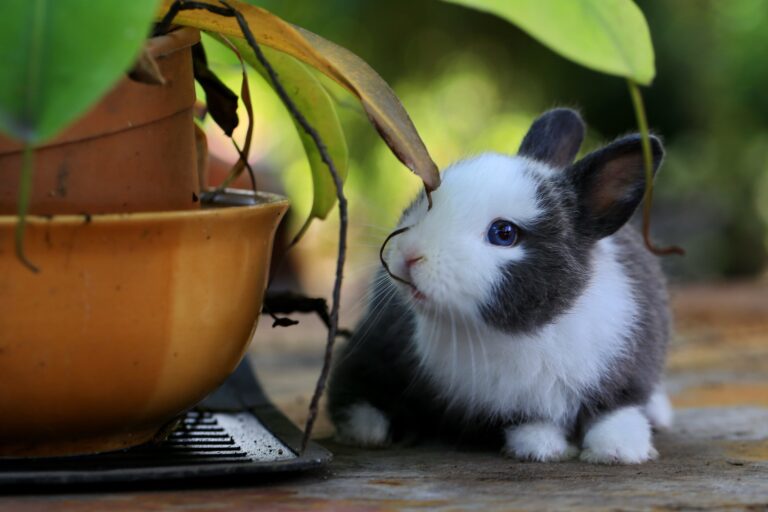
Are there any sedum plants that rabbits might like?
It seems there’s always an outlier who didn’t get the memo. In the vast family of sedums, there might be a few that don’t dissuade the taste-testers. Young plants, with their plush, softer leaves, can be more vulnerable to rabbit taste tests. So keep an eye out and consider providing extra protection for your baby sedums until they toughen up a bit!
How can I integrate sedum with other rabbit-resistant strategies?
Pairing sedum with other rabbit-resistant plants is like creating a vegetative dream team for your garden. Marry them with aromatic herbs such as lavender or rosemary, which can add another layer of defense with their strong scents. Additionally, incorporating strategic garden designs, like raised beds or physical barriers, can further rabbit-proof your green haven. It’s all about creating a united front – making your garden an Eden for the eyes, but a fortress against the nibblers!



